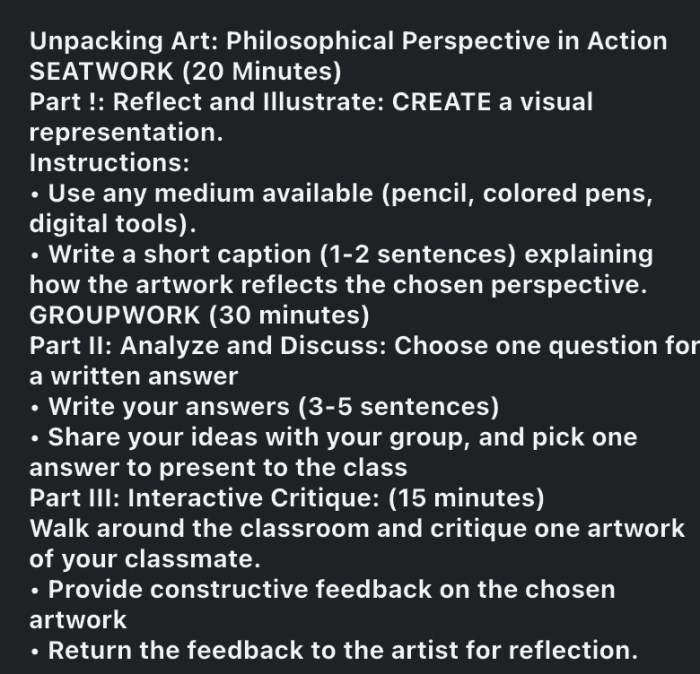The Process of Base Coloring

Anime coloring process visualization – Laying down base colors is a crucial step in the digital coloring process, forming the foundation upon which shading, highlights, and other details will be built. A well-executed base color layer ensures a clean and professional final product, simplifying subsequent steps and preventing color bleeding or inconsistencies. This process involves careful color selection, precise application, and a strong understanding of your line art.The selection of a suitable color palette is paramount.
This choice significantly impacts the overall mood and aesthetic of the final piece. Consider the scene’s lighting, the characters’ personalities, and the desired atmosphere when choosing your colors. Harmonious color palettes, using analogous or complementary colors, often create a visually pleasing result, while more contrasting palettes can convey drama or intensity. Tools like color palettes from online resources or color wheels can assist in creating balanced and effective palettes.
Color Palette Selection and Application
Effective color selection is about more than just picking appealing hues; it’s about understanding color theory and how colors interact. A balanced palette uses a mix of warm and cool colors, light and dark tones, to create visual interest and depth. Using a color wheel can help in understanding color relationships – complementary colors create contrast, analogous colors create harmony.
Experimentation is key; try different color combinations to see what works best for your piece. Once a palette is chosen, applying these colors accurately is crucial. This requires using selection tools efficiently to ensure clean, even coloring within the line art.
The Importance of Accurate Line Art Separation
Clean, well-defined line art is essential for achieving precise base colors. Gaps or inconsistencies in the line art can lead to messy base colors that bleed into unintended areas, requiring extensive corrections later. Therefore, ensuring your line art is meticulously drawn and closed is a vital preliminary step. Any gaps or overlaps in your line art should be corrected before moving to the base coloring stage.
This prevents frustration and wasted time during the coloring process. Consider using vector layers if possible to make edits easier.
Visualizing the anime coloring process can be quite insightful, allowing one to understand the layering and blending techniques involved. A helpful resource for understanding the base colors and shading is exploring examples of completed works, such as those found on sites offering anime coloring pages with color , which showcase the final product. Observing these finished pieces provides a strong reference point for better comprehending the overall anime coloring process visualization.
Creating a Base Color Layer in Clip Studio Paint
Let’s illustrate a step-by-step guide using Clip Studio Paint. First, create a new layer above your line art layer. This will be your base color layer. Name this layer clearly, such as “Base Colors”. Next, select the “Fill” tool.
Choose your first base color from your palette. Using the “Magic Wand” tool, carefully select the area you wish to color, ensuring the selection closely follows the line art. If the selection is imperfect, use the “Lasso” or “Marquee” tools to refine the selection boundaries. Then, use the “Fill” tool to apply the chosen color to the selected area.
Repeat this process for each distinct area requiring a different base color, meticulously selecting and filling each section. Regularly check your work to ensure accurate color application and prevent bleeding. Remember to use a layer mask if necessary for easier corrections.
Adding Shadows and Highlights
Adding shadows and highlights is crucial for bringing depth and realism to anime coloring. It transforms flat, colored areas into three-dimensional forms, enhancing the overall visual appeal and conveying a sense of light and volume. Mastering these techniques allows for greater control over the mood and atmosphere of your artwork.
Different techniques exist for achieving realistic shadows and highlights, each contributing to a unique stylistic effect. The choice of technique often depends on the desired level of realism, the anime style being emulated, and the overall artistic vision. These techniques range from simple cell-shading approaches to more sophisticated gradient blends and airbrushing effects.
Shadowing Styles in Anime
Anime employs a wide variety of shadowing styles, each contributing a different aesthetic. For example, a strong, hard-edged shadow might be used to create a dramatic, almost graphic novel-like effect, while softer, diffused shadows could enhance a more whimsical or softer aesthetic. The placement and intensity of shadows also influence the mood; deep, dark shadows can evoke mystery or tension, while lighter shadows create a more cheerful or lighthearted feel.
Consider, for instance, the contrast between the sharp, defined shadows often seen in action-oriented anime, which emphasize movement and dynamism, and the gentler, more diffused shadows used in slice-of-life anime, which create a calmer, more intimate atmosphere. Another example is the use of cel-shading, a technique characterized by flat areas of color with sharply defined shadows, creating a distinct, almost comic-book-like style.
Conversely, some anime styles utilize soft, airbrushed shadows to create a more realistic, painterly effect.
Utilizing Gradients and Airbrushing
Gradients and airbrushing tools are invaluable for seamlessly blending shadows and highlights, creating smooth transitions between light and dark areas. Gradients allow for a gradual shift in color intensity, providing a natural-looking transition from highlight to shadow. Airbrushing, on the other hand, allows for softer, more diffused application of color, ideal for creating soft shadows and subtle highlights.
By carefully layering and blending gradients and airbrushed effects, artists can achieve a level of depth and realism that significantly elevates the overall quality of the coloring.
For example, a soft gradient can be used to create a subtle shadow under a character’s chin, while a more intense gradient might be used to create a strong shadow cast by an object. Airbrushing can then be used to soften the edges of these gradients, creating a more natural and less harsh look. The skillful combination of these tools allows for a wide range of stylistic choices, from realistic rendering to stylized effects, depending on the artist’s preference and the specific requirements of the anime style being emulated.
Advanced Coloring Techniques: Anime Coloring Process Visualization

Taking your anime coloring to the next level involves exploring techniques beyond basic shading and highlighting. This section will delve into advanced methods to achieve a more polished and professional look, adding depth and visual richness to your artwork. Mastering these techniques will significantly elevate the overall quality and impact of your digital paintings.
Color Blending Modes
Color blending modes offer a powerful way to manipulate how colors interact, creating unique effects impossible to achieve through simple layering. Instead of simply placing one color on top of another, blending modes alter how the colors combine, affecting hue, saturation, and brightness. For instance, using the “Overlay” mode on a highlight layer intensifies the existing colors, while “Soft Light” subtly blends the highlight into the base color, producing a more natural glow.
“Multiply” darkens the base colors, ideal for creating deeper shadows, while “Screen” brightens them, suitable for adding intense highlights. Experimenting with different blending modes allows for diverse stylistic choices, from subtle enhancements to dramatic alterations. The specific effect depends on the base color and the color of the layer using the blending mode. For example, a bright yellow overlay on a dark blue will produce a different result than a soft pink overlay on the same blue.
Applying Textures and Patterns
Adding textures and patterns provides another dimension to anime coloring, simulating various materials and adding visual interest. This can range from subtle fabric textures to rougher stone surfaces. Textures can be created from scratch or sourced from external resources, often available online. They can be applied as separate layers in various blending modes, such as “Overlay” or “Soft Light,” to subtly integrate them with the base colors.
The choice of texture and blending mode will influence the final effect. For example, a fine linen texture applied in soft light mode might give a subtle, soft look to a character’s clothing, while a rough stone texture in multiply mode could create a realistic, rugged look for a background element. Patterns, similarly, can add visual complexity and representational details, like clothing designs or intricate background elements.
Creating Highlights Using Overlay and Soft Light Layers, Anime coloring process visualization
Highlights are crucial for creating depth and realism. While simple highlights can be achieved through direct coloring, utilizing overlay and soft light layers provides greater control and subtlety. Creating separate layers for highlights allows for non-destructive editing; you can adjust opacity, color, and blending mode without affecting the base colors. The “Overlay” mode is generally used for more intense highlights, making colors more vibrant and saturated.
The “Soft Light” mode is more subtle, producing a softer, more natural glow. By carefully adjusting the opacity and color of these layers, you can achieve a wide range of highlight effects, from sharp, intense glows to delicate, ethereal highlights. Using a combination of both modes can also achieve a more nuanced, multi-layered highlight effect. For example, a bright, sharp highlight on a metallic surface might utilize overlay, while a soft glow on skin might employ soft light.

